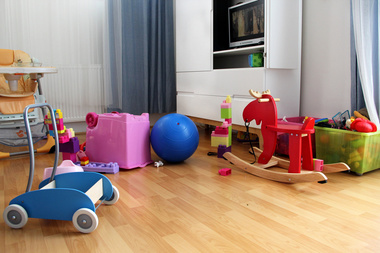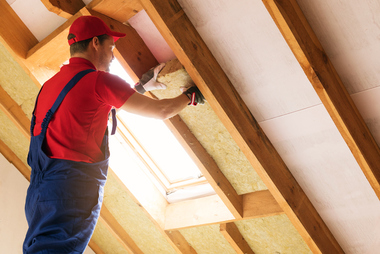Here are some tips on changing room decorations over the years.

Nursery
- The key to longevity is keeping the essentials basic (e.g., beds, dressers, side tables) and decorating with temporary things. For example: White or mint-colored walls provide a basic pastel backdrop; you can then swap out knickknacks, wall photos and mobiles as your child grows up.
- You can choose a theme or add a few prints and patterns in places, such as with the bed linens.
- Keep colors gender neutral so your children can vary how masculine and feminine they want to decorate as they grow up, or easily swap rooms with a sibling.
- Monochrome themes are sleek, but make it interesting with varied textures, wood accents and fun wallpapers.
- Storage boxes are a must for storing baby care supplies and, later, toys. Consider buying a vintage or secondhand dresser for decorative storage.
- Involve your child: Bring in his or her favorite colors, hobbies and inspirations! Think of how to incorporate travels, comics, celebrity role models and your kid's dreams.
- Swap out baby accessories for items for older kids.
- Keep things simple; kids love to change their minds, so let their decorations bring the color and texture to the room.
- Removable wall stickers let your kid change the walls easily and inexpensively.
- A bedside light will let a child read before going to sleep and help him or her find the bathroom in the middle of the night.
- Drape some string lights across the room for a cozy look.
- When there are multiple kids to a room, keep the walls and furniture simple to reduce visual clutter; bring out each person's distinct personality but aim for complementary designs.
- Storage is a must: Keep it at the edge of the room and leave space in the center for play. To encourage kids' tidiness, ensure storage is nearby and at their height.
- Here are some fun features most kids love: a blackboard wall, a loft bedroom (if possible) or glow-in-the-dark painted stars on the ceiling.
- Let your kids help out in the decorating; afterwards, they'll love their rooms!
- A desk is a necessity for studying, as well as a place to spend free time online.
- Storage is still essential, so make sure it's something he or she wants to use.
- Give your teen display space for pictures, postcards and collections — peel-and-stick cork is inexpensive and easy to use.























 1. Assess Structural Issues Before You Begin
1. Assess Structural Issues Before You Begin
